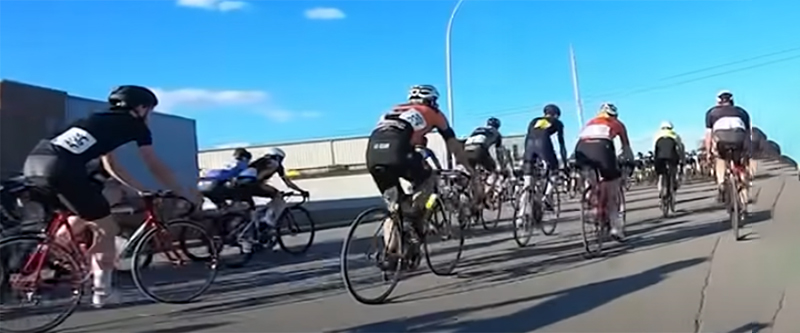Cycling at a high heart rate can cause dizziness, chest pains, shortness of breath, and even fainting. Exerting too much and raising your heart rate too high while cycling can increase the risk of heart-related problems, such as irregular heartbeats, heart attacks, and other cardiovascular complications.
A dangerous heart rate while cycling can be too high or too low. It is usually over 170 bpm, while less than 90 bpm in others. You can keep your heart healthy by monitoring your heart rate during a ride. A heart rate of over 185 beats per minute while cycling is risky.
In this blog post, we explain we will venture into cycling’s lesser-traveled track, discussing the potential heart rate danger zones while cycling and the essential facts you ought to know. We’ll also discuss the risks of pushing past those safe heart rate levels and how various factors can affect your heart rate while cycling.
What Is A Dangerous Heart Rate When Cycling: 3 Essential Facts
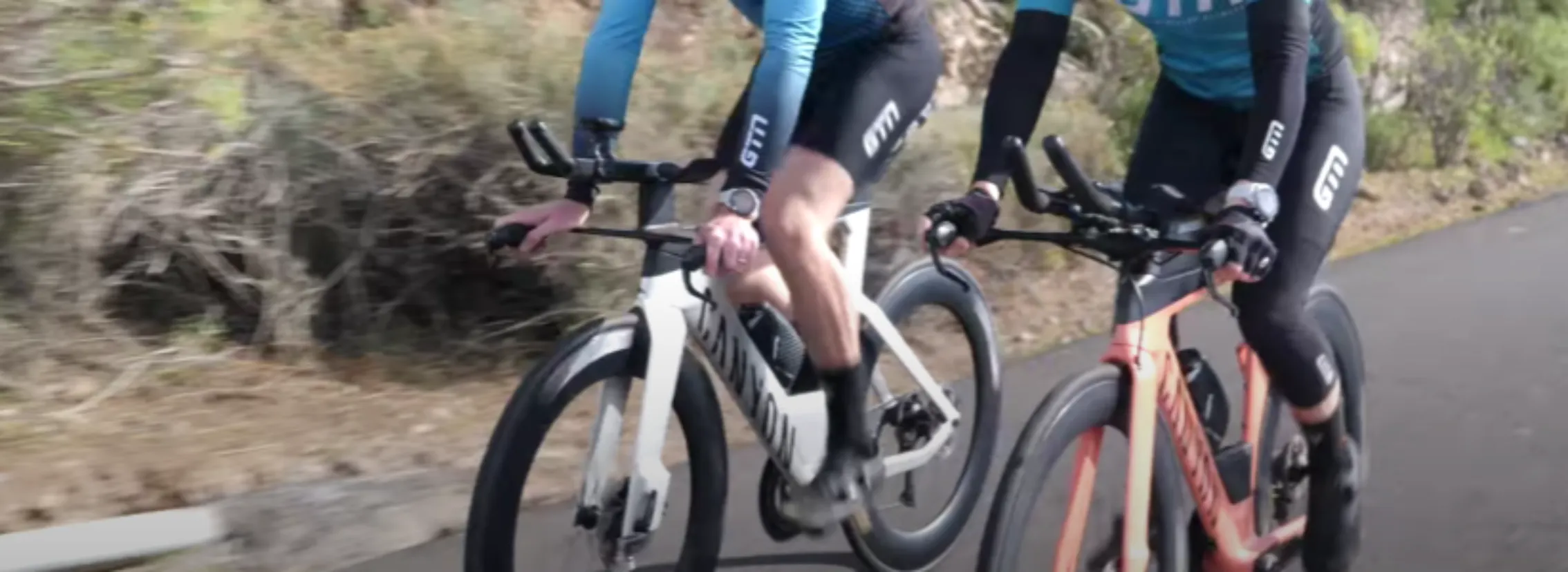
Monitoring your heart rate during physical activity is critical for your safety and to benefit from your workout. Let’s examine what a dangerous heart rate is when cycling and three essential facts you should know.
Cycling At Heart Rates Above Safe Levels: 6 Risks
Like any physical activity, cycling has risks, especially for heart rate monitoring. The safe heart rate range for adults during cycling is 50% to 85% of their maximum heart rate.
Exceeding safe heart rate levels during cycling can seriously affect the body’s cardiovascular system and overall well-being. Some key risks are associated with pushing past safe heart rate thresholds while cycling.
Increased Risk of Cardiovascular Problems
Cycling at higher than safe heart rate levels increases the risk of cardiovascular problems. When your heart rate goes too high, it puts an excessive strain on your heart, which could lead to issues such as an irregular heartbeat, high blood pressure, and even heart attack. Cycling involves repetitive movements and sustained effort, so if you consistently raise your heart rate above safe levels, you will probably develop cardiovascular issues.
Sore Joints and Muscles
Excessive heart rate can contribute to developing sore joints and muscles. When cyclists push themselves beyond their limits, especially without proper training or gradual progression, the increased intensity and strain on muscles and joints can lead to inflammation, micro-tears in muscle fibers, and joint discomfort.
Reduced Recovery Time
Cyclists who repeatedly push their heart rates into the red zone face prolonged recovery times between rides. Overtraining the cardiovascular system can impede the muscle’s ability to repair itself, resulting in chronic fatigue, decreased immune function, and increased susceptibility to overuse injuries.
Muscle Fatigue and Exhaustion
Pushing yourself beyond your limits and exceeding safe heart rate levels can also lead to muscle fatigue and exhaustion. The increased heart rate helps deliver oxygen-rich blood to your muscles during cycling.
However, if you’re going over safe heart rates, your muscles may not receive enough oxygen, causing fatigue and eventually exhaustion. This can also hinder your performance and increase the risk of injury.
Dehydration and Heat Exhaustion
Another risk of exceeding safe heart rate levels is dehydration and heat exhaustion. Physical activity such as cycling requires sweating, which is how the body regulates its temperature.
You can dehydrate when your body cannot cool down effectively, leading to excessive sweating and dehydration. In extreme cases, this can cause heat exhaustion, where your body’s core temperature rises above normal levels, putting you at risk for heatstroke.
Increased Risk of Overtraining
Exceeding safe heart rate levels consistently can also put you at risk of overtraining. Overtraining refers to the excessive strain you put on your body during exercise, leading to fatigue, injury, and decreased performance.
When you exceed safe heart rate levels, you may push your body too hard, not allowing enough time to rest and recover. It can result in long-term effects such as decreased immunity, insomnia, and mood changes.
9 Factors That Can Affect Heart Rate While Cycling
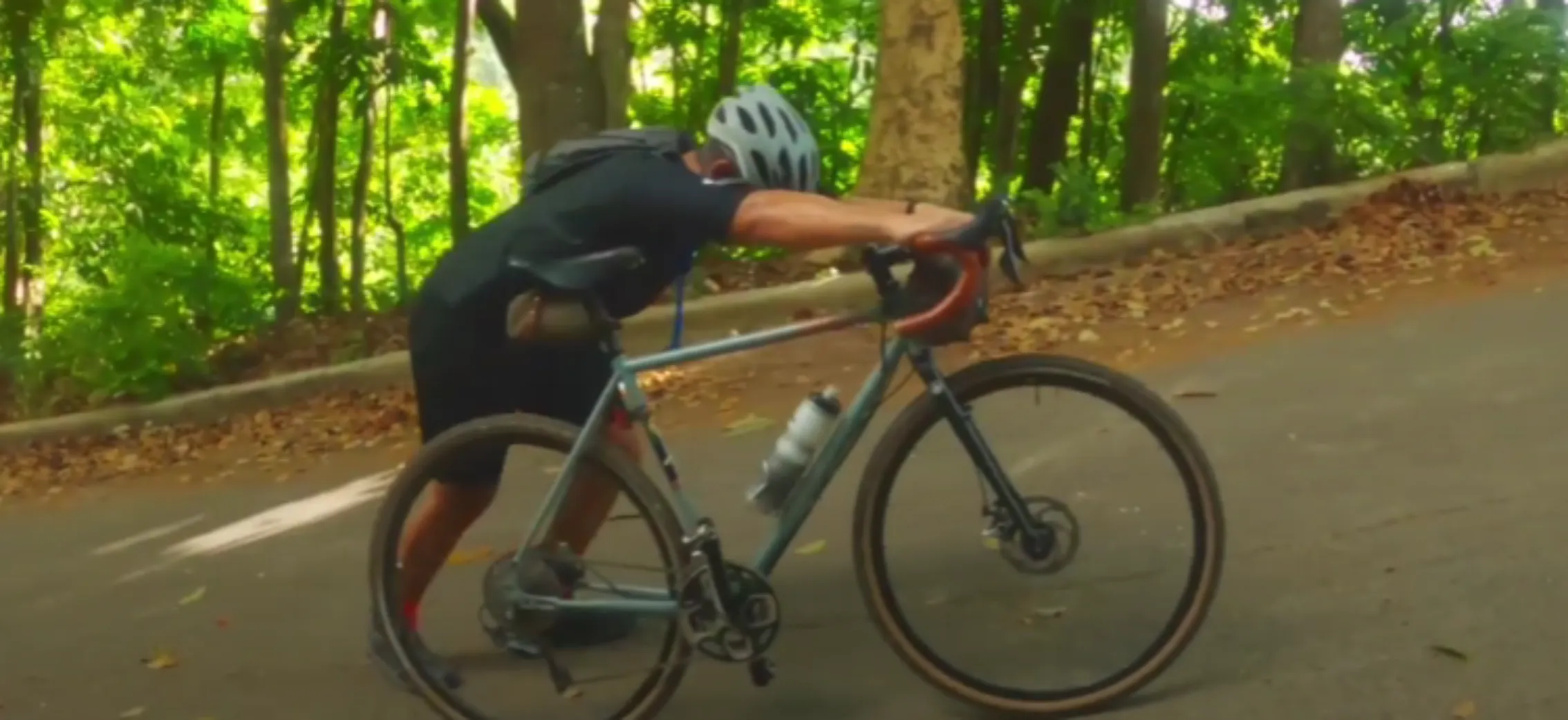
Monitoring heart rate during cycling is valuable for assessing workout intensity, tracking fitness progress, and ensuring optimal performance. Several factors can influence heart rate fluctuations during cycling, affecting overall exercise efficiency and physiological responses. Heart rate can be affected by several factors during cycling, including:
Exercise Intensity
One of the primary determinants of heart rate during cycling is exercise intensity. As cyclists pedal harder and increase their workload, the heart rate naturally elevates to meet the working muscles’ more significant demand for oxygen and energy. Higher intensity levels, such as sprinting or climbing steep gradients, typically result in rapid heart rate spikes compared to moderate or low-intensity cycling.
Fitness Level
A rider’s fitness levels impact heart rate responses during cycling. Well-trained cyclists with higher cardiovascular fitness tend to have lower resting heart rates and greater stroke volumes, allowing them to sustain higher intensities with relatively lower heart rate elevations.
For similar efforts, beginners or individuals with lower fitness levels may experience more pronounced heart rate increases.
Age
Age is a crucial factor influencing heart rate dynamics during cycling. Younger cyclists exhibit higher maximal heart rates and faster recovery times than older individuals.
Aging affects the heart’s ability to respond to exercise stress, leading to a reduced capacity for heart rate elevation during intense cycling efforts in older adults.
Environmental Conditions
Climate conditions, such as temperature, humidity, altitude, and wind resistance can impact heart rate responses during cycling. Hot and humid conditions may increase blood pressure since the body uses more energy to disperse heat.
Cycling at high altitudes can challenge oxygen uptake and elevate heart rate to compensate for reduced oxygen availability. Headwinds and tailwinds also influence cardiovascular strain during cycling.
Hydration and Nutrition
Proper hydration and nutrition are crucial in regulating heart rate during cycling. A dehydrated body can experience an increased heart rate and reduced exercise performance due to an inability to maintain blood volume and thermoregulation. Conversely, consuming appropriate nutrients and maintaining electrolyte balance can support cardiovascular function and help modulate heart rate variations during rides.
Mental State
The psychological state of cyclists can affect heart rate responses during cycling. Stress, anxiety, motivation, and focus can influence autonomic nervous system activity, subsequently impacting heart rate variability.
Maintaining a positive mindset, setting clear goals, and managing stress contribute to more stable heart rate patterns and enhanced cycling performance.
Cadence and Gear Selection
Cadence, referring to the revolutions per minute (RPM) of pedaling, and gear selection significantly influence heart rate during cycling.
Higher cadences at lower resistance levels typically increase heart rate but reduce muscular fatigue, promoting cardiovascular endurance. Conversely, grinding at a low cadence in a high gear can spike heart rate because of greater muscular effort.
Rest and Recovery
The adequacy of rest and recovery periods between cycling sessions impacts heart rate regulation. Insufficient recovery time can lead to elevated resting heart rate, decreased heart rate variability, and impaired cardiac adaptation to training stimuli.
Prioritizing restorative practices such as sleep, active recovery rides, and proper cooldowns can aid in optimizing heart rate responses during subsequent rides.
Bike Fit and Position
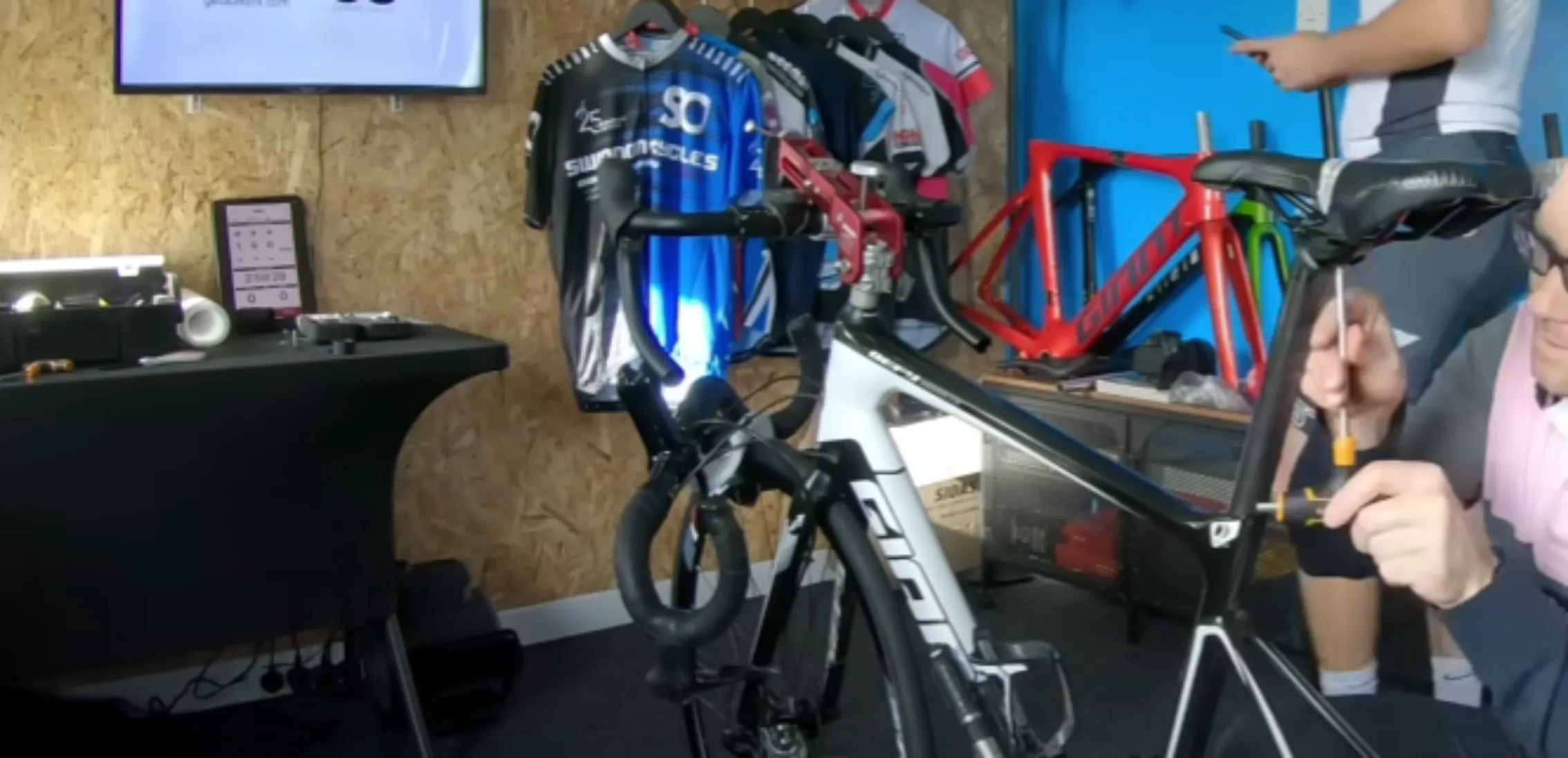
The bike’s fit and the cyclist’s position on the saddle can affect heart rate during cycling. Poor bike fit, incorrect saddle height, or misalignment may lead to biomechanical inefficiencies, excessive muscular strain, and altered pedaling mechanics, all of which can impact heart rate patterns. Optimal bike fit promotes comfort, efficiency, and consistent heart rate control.
3 Best Way To Regulate Your Heart Rate While Cycling
Maintaining a steady and healthy heart rate is a top priority for cyclists during their rides. A regulated heart rate improves performance, ensures overall heart health, and prevents potential risks. Here are some of the best ways to keep your heart rate under control while cycling.
Polarized Training Approach
Adopting a polarized training approach is one effective method for regulating your heart rate while cycling. This strategy involves spending most of your workout time (about 80%) at a lower intensity, such as riding at a conversational pace. 20% of your training should involve higher-intensity efforts, like intervals or hill repeats. This balanced mix helps improve cardiovascular fitness, endurance, and heart rate control.
Heart Rate Monitoring
A heart rate monitor during your rides can help you stay within your target heart rate zones. Understanding your maximum heart rate and training zones enables you to adjust your effort accordingly. For example, aiming to keep your heart rate within a specific range during endurance rides can build aerobic capacity and endurance while preventing burnout.
Interval training in your cycling routine can also aid in heart rate regulation. Intervals of high-intensity exercise are followed by rest periods. This training challenges your cardiovascular system, improves efficiency, and can lead to better heart rate control over time.
Rest and Recovery
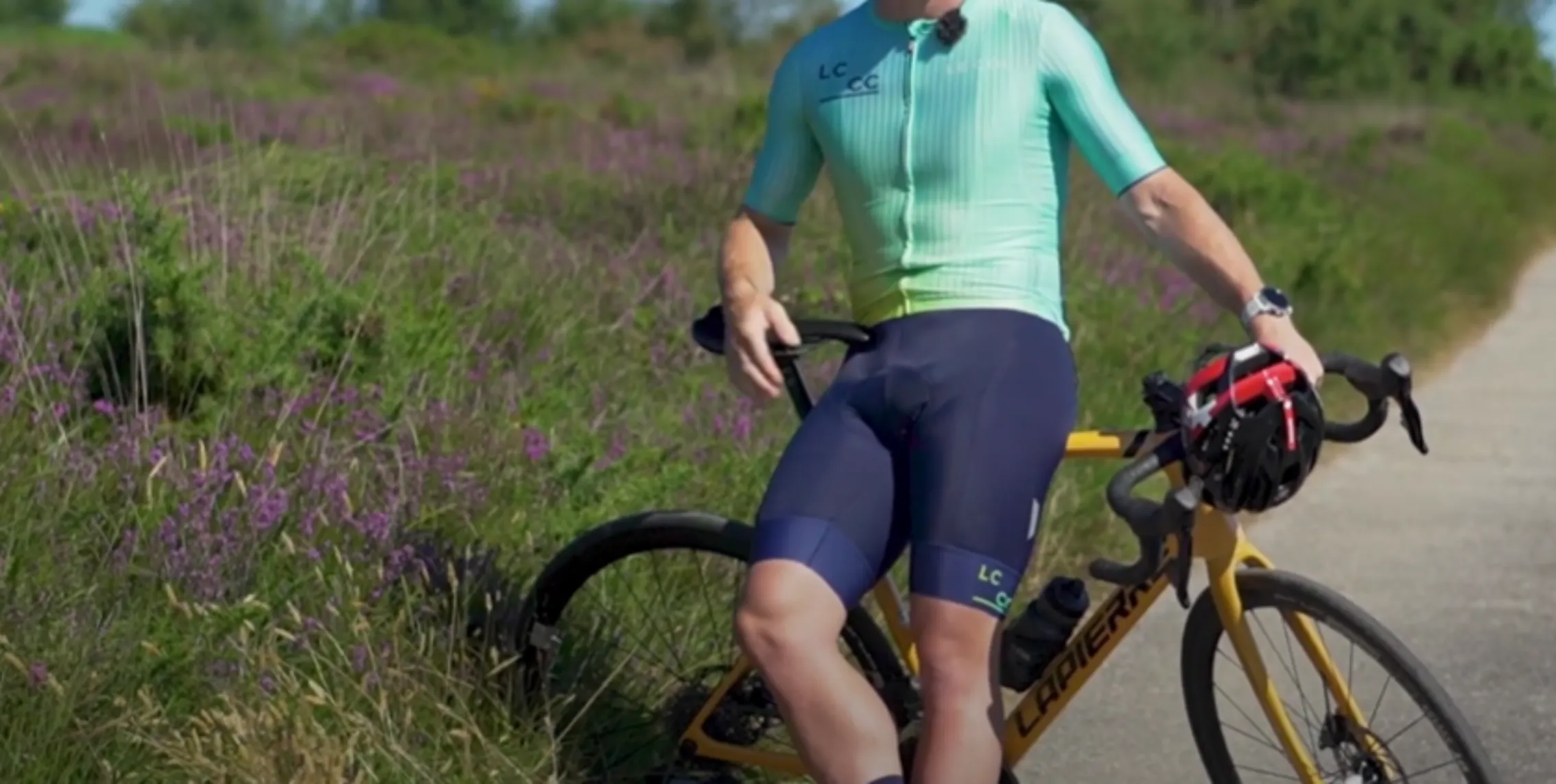
Remember to consider the importance of rest and recovery in managing your heart rate. Adequate rest days between intense workouts are essential to ensure that your body has time to recover and adapt to the training stimulus. Recovery rides, characterized by easy, low-intensity cycling, can help maintain muscle blood flow while keeping your heart rate in check.
Conclusion
The critical facts about dangerous heart rates when cycling, the risks of exceeding those heart rate levels, the influencers of the heart rate during cycling, and the ways of regulating your heart rate.
Remember, effective heart rate control is a marathon, not a sprint; it’s not about hitting the peak immediately but about sustaining a steady rhythm that keeps you and your heart healthy and happy. So, next time you’re about to ride those trails, ensure you’re tuned into your heart. Stay safe, ride smart, and keep that heart rate in check.
FAQs
How can I track my heart rate when cycling?
There are several ways to track your heart rate when cycling, including using a fitness tracker or heart rate monitor, taking your pulse manually, or using a cycling computer with a built-in heart rate monitor.

